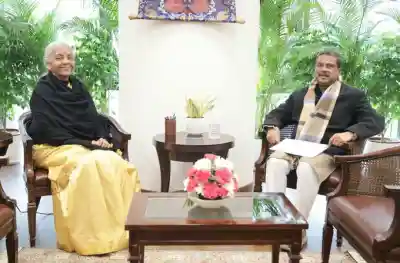

Puri, Jan 9: The Shree Jagannath Temple Administration (SJTA) on Thursday clarified that the parking fee at Srimandir Bhakta Nivas in Puri will remain unchanged at Rs 500 per day, despite protests from some devotees.
Chief Administrator of SJTA, Arabinda Padhee, said the decision was taken after a detailed assessment of the situation. He explained that accommodation at Bhakta Nivas is being provided to pilgrims at affordable rates and that the majority of devotees staying there do not arrive in four-wheelers.
According to Padhee, only five to ten vehicles are parked at Bhakta Nivas on an average day. Increasing room rent would impact common devotees, which is why there is no proposal to revise accommodation charges. He added that devotees who travel by four-wheelers are generally capable of paying the Rs 500 parking fee.
The Chief Administrator also clarified that outsiders will not be permitted to park vehicles within the Bhakta Nivas premises. Pilgrims have the option to park their vehicles at other designated parking facilities by paying Rs 240.
Devotees staying at Bhakta Nivas may choose to park their vehicles at alternative locations, such as JBPC, to save on parking costs while continuing to avail themselves of the accommodation, Padhee said.